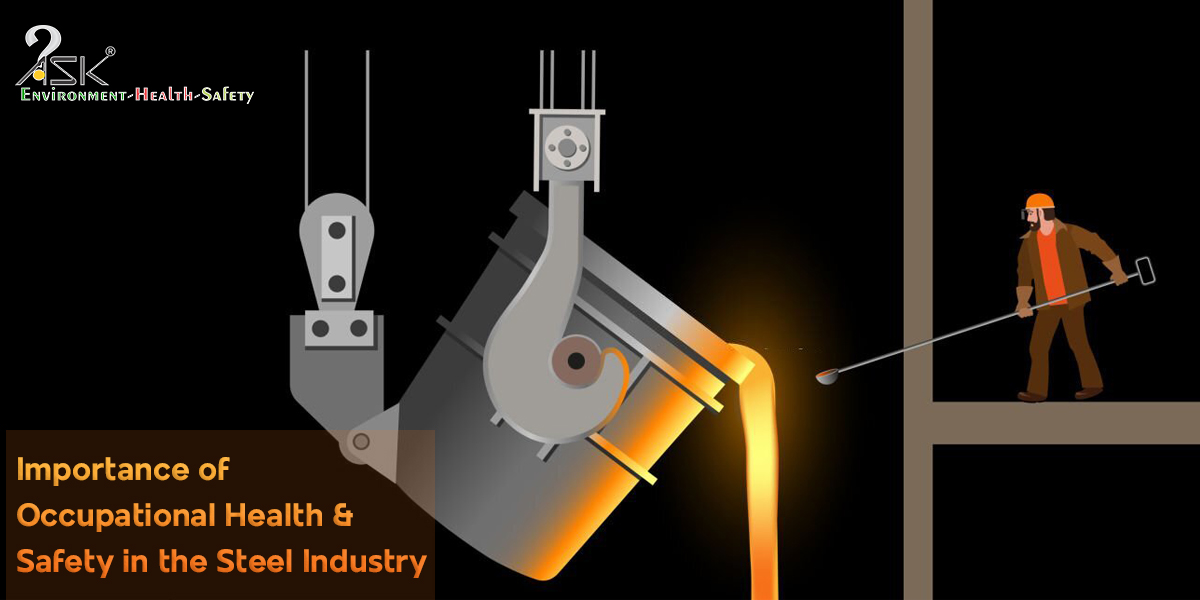The case for training Young workers

This year’s Safe Day or World day for Safety and Health at Work was celebrated world over on 28th April by ILO under the theme – Young workers.
This segment of workers typically consists of age group 15-24 years and even if we discount under-18 workers, the segment, still makes up for 40% of the non-fatal accident occurrences at workplace, worldwide. Young workers are twice as more likely to be exposed to an incident than others.
The future of occupational health and safety is under threat from workplace accidents and incidents. What makes young workers ‘precious and vulnerable’ is down to the fact that they are the future. Each mistake within the risk and hazard management adds (year-wise) to the young workers susceptibility of being exposed to an incident, maybe even a life-threatening one. Thus affecting the outcomes of human capital in the overall narrative for the development of industrial nations.
Unhindered aspirations and hidden risks
Young workers around the world share common traits – aspirations and eagerness. These qualities might not be a substitute for experience, however, they make up via superior work capacity and ‘hardy’ nature at employment. The aspirations tend to take care of the rest of the workplace challenges and immaturity.
This is essentially what makes untrained young workers the most vulnerable to workplace incidents. ILO identifies young workers at a stage of psychosocial and emotional development that requires systematic training and skill development driven approach.
The inherent risks at the job are exacerbated by the lack of experience and a hitch in demanding resources. This can sometimes lead to a positive beginning but a negative outlook towards their job responsibilities. Timely mentorship and guidance offer a remedial course of action in such cases.
Training for skill development
Training and teaching young workers about the value of understanding OHS and EHS principles can go a long way. First, it paves the path for safer job execution through information and knowledge. Second, training can allow the young workers to assume ownership roles where ever they start to appear.
Training for continuous skill development is aimed at seasoned professionals in order to upskill under suitable circumstances. A similar approach can provide young workers the confidence to hone their craft and skills. The only change within such an exercise is to allow the right subject matter and tools of learning.
It is simpler to invest in young workers right from the start as they would become reliable and loyal partners in organizational pursuits.
Action plan for Young Workers
From the outset, organizations need to “realize” a simple fact – inclusion.
Inclusion and increasing participation of young workers through better communication and outreach is key to stringing this strategy together. Training modules and programs need to not only have targeted sessions but also joint sessions where they are accompanied by their senior colleagues. Here the call to mentorship via camaraderie and sharing a common platform makes it easier to catch their attention.
EHS and OHS training programs should aim to start at fundamentals – awareness.
Awareness and ‘knowing’ are two separate entities. However, in case of safety, awareness has a better chance of mitigating risk rather than ‘knowing’. Awareness comes to us as an instinctual act, therefore, young workers become a prime candidate for job-specific awareness based trainings. A heightened safety awareness for young workers is a tool that can ably serve them at any task.
Recursive test-based learning with performance measures that develop – safety skills
More often than not, trainings can take a rather tedious road of preaching via slides and examples. In case of young workers, field-tested and practical approaches are more trustworthy. Safety skills should rely on doing certain tasks in a certain manner only. This act when repeated over and over the course of time becomes a safe habit. Early introduction of young workers to such discipline via training based exercises can suggest that “safe work procedure” is the only good way to operate.
Training programs should also not forget another crucial element i.e. staying contemporary and on-point. Creating a larger picture and populating it with safety elements is a dated approach. Trying to shine light on critical safety elements and then letting the young workers explore the industrial safety niche, training-by-training, module wise. This is not only systematic but allows for more room of learning via discovery and ‘connecting the dots’.


